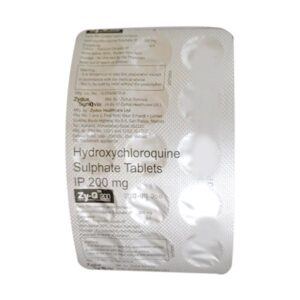HYDROCHLORIDE + CHLORPHENRAMINE
Hydrochloride: Hydrochloride is not a specific drug; rather, it is a salt form commonly used in the pharmaceutical industry to improve the solubility and stability of various medications. Therefore, it does not have a specific use, mechanism of action, dose, or side effects.
However, I can provide information on a commonly used medication in its hydrochloride form: Pramipexole Hydrochloride. Pramipexole hydrochloride is a medication used primarily to treat symptoms of Parkinson’s disease and restless legs syndrome (RLS).
The mechanism of action of Pramipexole hydrochloride involves stimulating dopamine receptors in the brain. Dopamine is a neurotransmitter that plays a crucial role in motor control and movement. By binding to dopamine receptors, Pramipexole hydrochloride helps to restore and maintain proper dopamine levels in the brain, thereby improving motor function and reducing symptoms of Parkinson’s disease and RLS.
The dosing of Pramipexole hydrochloride may vary depending on the condition being treated. For Parkinson’s disease, the initial recommended dose is usually 0.375 mg/day, which is gradually increased over time. For RLS, the initial dose is typically 0.125 mg/day taken 2-3 hours before bedtime and can be increased if necessary.
As with any medication, Pramipexole hydrochloride may cause side effects. Common side effects include dizziness, drowsiness, nausea, constipation, and fatigue. Less common but more severe side effects can include hallucinations, confusion, compulsive behaviors, and low blood pressure. It is important to consult a healthcare professional for personalized information on dosing and potential side effects.
Chlorphenramine: Chlorpheniramine is an antihistamine drug that is commonly used to relieve symptoms of allergies such as sneezing, itching, watery eyes, and runny nose. It can also be used to treat cold symptoms, hay fever, allergic reactions, and hives.
The mechanism of action of chlorpheniramine involves blocking the effects of histamine, a chemical produced by the body during an allergic reaction. By blocking histamine receptors, it helps to prevent or reduce the allergic symptoms.
Chlorpheniramine is available in various forms, including tablets, capsules, syrups, and as an injection. The recommended dose varies depending on the patient’s age, condition, and form of medication. It is important to follow the instructions provided by the healthcare professional or as stated on the product label.
Some common side effects of chlorpheniramine include drowsiness, dizziness, dry mouth, blurred vision, constipation, and urinary retention. These side effects are generally mild and go away on their own. However, if they persist or become bothersome, it is important to consult a healthcare professional.
In some cases, chlorpheniramine may cause more severe side effects such as difficulty breathing, irregular heartbeat, hallucinations, seizures, or rash. These side effects are rare but require immediate medical attention if experienced.
It is important to note that chlorpheniramine can cause drowsiness, so it is recommended to avoid driving or operating heavy machinery while taking this medication. It can also interact with other medications, so it is essential to inform the healthcare professional about all other drugs being taken.
As with any medication, it is crucial to use chlorpheniramine as directed and consult a healthcare professional if any concerns or questions arise.

